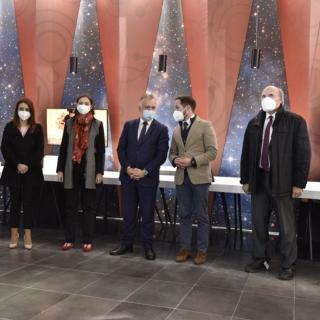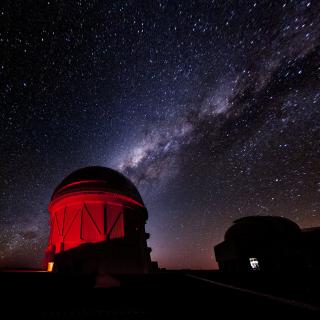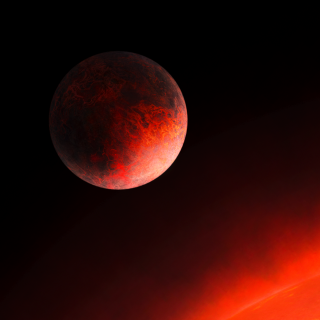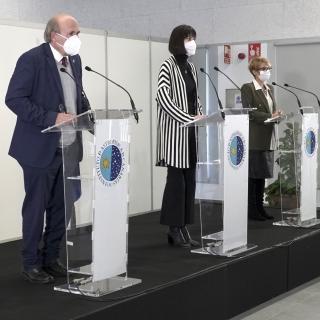
An international team, including researchers from the Instituto de Astrofísica de Canarias (IAC), used combined data from different radio telescopes located in Spain to probe the mode of star formation in a galaxy when the universe had less than 30% of its current age. They revealed that the properties of the molecular gas reservoir are similar to the one of our own Galaxy, unseen up to now in the distant universe. The paper is published in the Astrophysical Journal Letters. A major question in the study of galaxies is on the mode of star formation, how efficient the conversion of cold gas
Advertised on




